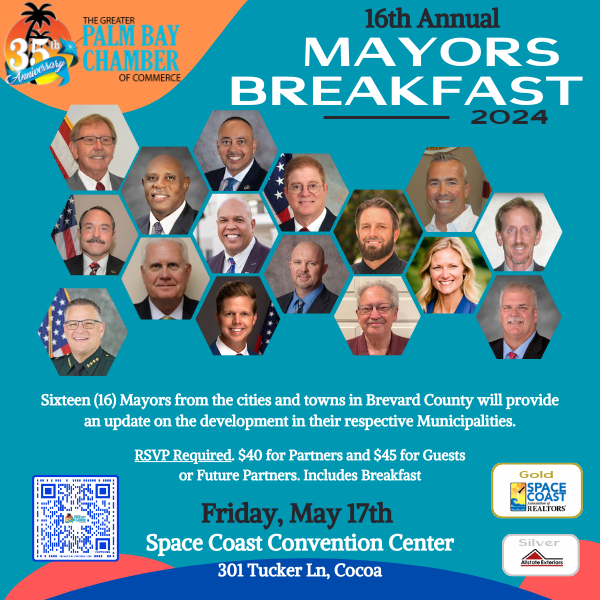Better Physical Balance is Critical as We Age

I write and teach a lot about balance as it pertains to mindset, health and fitness in professional and personal life. But as a champion for those wanting to live their best second 50 years, an equally valuable lesson is that of physical balance.
They say balance is the key to success in life. But it may very well be the determining factor in life or death.
You see, lack of balance and resulting falls contribute substantially to unintentional injury deaths worldwide. Adults older than 60 suffer the greatest number of fatal falls.
In fitness, we talk incessantly about strength, cardio, and mobility, but a segment of fitness that often gets lost is the ability to maintain superior balance. Which can lead to loss of independence, confidence and a steady decline of our motor skills, environmental awareness and reaction times.
Around the age of 50 — what I sometimes call the great crossover — is usually when we see the biggest declines in lean muscle tissue, strength and the activities that promote and enhance proprioception, or awareness of the position of one’s body.
So in addition to lifting weights and doing cardio, there should be some dedicated time devoted to balance exercises and activities of daily living that train the balance centers of the brain.
One of the riskiest activities that cause people to fall is navigating stairs. And it is rarely ascending that's the problem, most people fall descending. That’s in large part due to declining muscle and not emphasizing the deceleration phase of weight training.
And it's also a good idea to train from a functional position more often than from one of seated leverage, like with exercise machines you sit on. We build balance when we stand and push, lunge and curl, stand on one leg and squat, vary our stance, move slowly and decelerate a resistance move.
Other helpful techniques like simply closing our eyes with a movement or using bands around the ankles when we train, activates all of the accessory muscles needed for proprioception. We improve our balance and greatly reduce the risk of falls.
The statistics on falling as we age is staggering. I saw it happen and how it led to the decline of three of my grandparents. Keeping your muscles and joints strong and in the game will not only prevent injuries but will extend your “PlaySpan.”
Everyone wants to lead a long and happy life, but that equates to a strong and independent life. And the work for that strength and independence starts now, not tomorrow. When we reach those crossover points — 50, 60, 70, 80 and 90 years old — no one ever wishes for less muscle. No one says, “I wish I didn't have good balance.”
Balance leads to not only a strong functional life, but lends itself to confidence, travel, exploration, family and fulfillment.
Rod Stewart’s top balance exercises
Most can be done at home. Remember when doing balance exercises, especially one-legged, always keep something sturdy nearby to hold or grab onto until you are confident enough to go without.
Try:
Balance on one leg while doing arm circles (or brushing your teeth)
Skaters
Forward step-downs
Yoga








